On a daily basis there seems to be no escape from Brexit headlines and the hypothesis on how detrimental this choice by the British electorate could be to our red meat industry in the UK. It was, therefore, refreshing to get an invite to a SheepNet workshop in Timisoara, Romania.
SheepNet is an EU network about practice-driven innovation to improve productivity of sheep within both a meat and milk context. A critical component of farmers’ income and, therefore, of the sustainability and attractiveness of sheep farming is the number of lambs reared per ewe put to the ram, and the number of milking ewes per ewe put to the ram.
The SheepNet project is comprised of the six main sheep-producing EU countries: Romania, Spain, Italy, United Kingdom, France, Ireland and Turkey. Hungary was also invited to this workshop due to the proximity of Timisoara to the Hungarian border. Dr Claire Morgan Davies of SRUC is the project lead from the UK.
The key aim of the project is the exchange of scientific and practical knowledge among researchers, farmers and advisers across Europe, and to promote the implementation and dissemination of innovative technologies and practices.
Romania is the third largest sheep producer in the EU after the UK and Spain, with nearly 10m ewes.
Interestingly, the sheep flock has increased by 14.2% since Romania joined the EU in 2007. This increase is, in no small part, a result of the coupled support system.
The coupled supports include:
A baseline state subsidy of £3.87/ewe (minimum of 50 ewes).Performance and recording subsidy of £29/ewe (min 150 ewes, maximum 500 ewes). An endangered breed subsidy payment of £19/ewe.The breed structure is dominated (78%) by the Turcana indigenous dual purpose breed. Work is being done to develop a composite specialised breed using the Laucane (dairy) and Dorper (meat).
Our travels on our first day in the country took us along modern roads with flat arable land on both sides, stretching as far as the eye could see, with the occasional flock of ewes grazing pasture land on a “shepherded” rearing system.
This system consists of a flock watched over constantly by a traditional shepherd and his dogs. Most flocks are on an extensive low-input system, lambing once a year, although indoor lambing in sheds built with EU support funds is increasing.
There is a debate in the UK about the introduction of certain species, like the lynx, into the environment.
Romania has the highest density of large carnivores in Europe, with the exception of the Russian Federation, of 7,000 brown bears, 2,500 grey wolves and 1,950 lynxes.
These animals are highly protected, and when sheep farmers do suffer the inevitable losses to these “predators”, they are financially compensated by the government.
The country has a self sufficiency in sheep meat of 150%, with a significant domestic Easter market requiring lambs between 14kg and 18kg.
The Romanian sheep processing capacity is limited, with most lambs being exported live. The two main markets are Italy for the early season 25kg liveweight lambs, and Arab states like Saudi Arabia for the 35kg+ liveweight lambs. There is a realisation that the development of processing capability and added value cuts could result in greater retention of the carcase value. There was also evidence that the welfare of live-exported lambs was also becoming a social issue.
We visited two relatively large farms, with flocks of over 2,000 ewes. The first farm practiced out-of-season breeding, lambing three times in two years.
Hormonal treatment was used to initiate out-of-season breeding, with conception rates of between 90% and 92%. Prolificacy was 130% to 135%, with the lambs sold between 21kg and 30kg, but ideally 25kg, into the Italian live market for £2.20/kg. The second farm visited purchased store lambs for finishing in addition to its own ewe flock. Up to 3,000 weaned lambs were procured at £1.41/kg liveweight and finished indoors on 15% crude protein pelleted feed to a weight of 40-45kg liveweight.
These lambs would then be sold live to the Arab states, ideally for £1.85/kg live weight, but the market had recently dropped to £1.58/kg, which was not acceptable to the farmer.
The finishing shed cost this farm £440,000, with a £264,000 contribution from the EU.
With this level of infrastructural investment in the Romanian sheep industry, there is an inevitability in them modernising their production systems rapidly.
Our engagement with both the farmers we visited highlighted their thirst for knowledge and their drive to improve efficiency and productivity of their farms.
There was also a commonality with the UK in the realisation that the market for small lambs is decreasing.
The Mediterranean markets are increasingly moving from carcases to specific cuts and the economics of processing small lambs is challenging when compared with the 13kg to 14kg+ deadweight lamb.
As mentioned, the welfare implications of the live lamb export market is starting to be questioned and the lack of in-country processing capacity.
Our last visit on the first day was to a factory producing 15 dairy products from sheep, cow, goat and buffalo milk. The factory was built in 2011 at a cost of £2m with 50% EU funding.
The factory is owned by 13 sheep breeders and supplies into three domestic supermarket chains, as well as having export customers in Slovakia, Spain and Italy. The factory specialised in producing a salty white table cheese, a mature yellow cheese and a sheep milk yoghurt.
The sheep milk is collected from approximately 80 farms at a price of £0.53/litre.
Most of the farms still undertake manual milking, with ewe lactation length being around three to four months and average milk production at 40kg/ewe to 60kg/ewe.
The second day was spent in a workshop scenario with the farmers, consultants and academics from the involved countries.
Discussions revolved around innovative ways to improve the metrics around the number of live lambs produced on the farm. Key areas identified were gestation efficiency and lamb survival based on lamb performance and management practice.
On a daily basis there seems to be no escape from Brexit headlines and the hypothesis on how detrimental this choice by the British electorate could be to our red meat industry in the UK. It was, therefore, refreshing to get an invite to a SheepNet workshop in Timisoara, Romania.
SheepNet is an EU network about practice-driven innovation to improve productivity of sheep within both a meat and milk context. A critical component of farmers’ income and, therefore, of the sustainability and attractiveness of sheep farming is the number of lambs reared per ewe put to the ram, and the number of milking ewes per ewe put to the ram.
The SheepNet project is comprised of the six main sheep-producing EU countries: Romania, Spain, Italy, United Kingdom, France, Ireland and Turkey. Hungary was also invited to this workshop due to the proximity of Timisoara to the Hungarian border. Dr Claire Morgan Davies of SRUC is the project lead from the UK.
The key aim of the project is the exchange of scientific and practical knowledge among researchers, farmers and advisers across Europe, and to promote the implementation and dissemination of innovative technologies and practices.
Romania is the third largest sheep producer in the EU after the UK and Spain, with nearly 10m ewes.
Interestingly, the sheep flock has increased by 14.2% since Romania joined the EU in 2007. This increase is, in no small part, a result of the coupled support system.
The coupled supports include:
A baseline state subsidy of £3.87/ewe (minimum of 50 ewes).Performance and recording subsidy of £29/ewe (min 150 ewes, maximum 500 ewes). An endangered breed subsidy payment of £19/ewe.The breed structure is dominated (78%) by the Turcana indigenous dual purpose breed. Work is being done to develop a composite specialised breed using the Laucane (dairy) and Dorper (meat).
Our travels on our first day in the country took us along modern roads with flat arable land on both sides, stretching as far as the eye could see, with the occasional flock of ewes grazing pasture land on a “shepherded” rearing system.
This system consists of a flock watched over constantly by a traditional shepherd and his dogs. Most flocks are on an extensive low-input system, lambing once a year, although indoor lambing in sheds built with EU support funds is increasing.
There is a debate in the UK about the introduction of certain species, like the lynx, into the environment.
Romania has the highest density of large carnivores in Europe, with the exception of the Russian Federation, of 7,000 brown bears, 2,500 grey wolves and 1,950 lynxes.
These animals are highly protected, and when sheep farmers do suffer the inevitable losses to these “predators”, they are financially compensated by the government.
The country has a self sufficiency in sheep meat of 150%, with a significant domestic Easter market requiring lambs between 14kg and 18kg.
The Romanian sheep processing capacity is limited, with most lambs being exported live. The two main markets are Italy for the early season 25kg liveweight lambs, and Arab states like Saudi Arabia for the 35kg+ liveweight lambs. There is a realisation that the development of processing capability and added value cuts could result in greater retention of the carcase value. There was also evidence that the welfare of live-exported lambs was also becoming a social issue.
We visited two relatively large farms, with flocks of over 2,000 ewes. The first farm practiced out-of-season breeding, lambing three times in two years.
Hormonal treatment was used to initiate out-of-season breeding, with conception rates of between 90% and 92%. Prolificacy was 130% to 135%, with the lambs sold between 21kg and 30kg, but ideally 25kg, into the Italian live market for £2.20/kg. The second farm visited purchased store lambs for finishing in addition to its own ewe flock. Up to 3,000 weaned lambs were procured at £1.41/kg liveweight and finished indoors on 15% crude protein pelleted feed to a weight of 40-45kg liveweight.
These lambs would then be sold live to the Arab states, ideally for £1.85/kg live weight, but the market had recently dropped to £1.58/kg, which was not acceptable to the farmer.
The finishing shed cost this farm £440,000, with a £264,000 contribution from the EU.
With this level of infrastructural investment in the Romanian sheep industry, there is an inevitability in them modernising their production systems rapidly.
Our engagement with both the farmers we visited highlighted their thirst for knowledge and their drive to improve efficiency and productivity of their farms.
There was also a commonality with the UK in the realisation that the market for small lambs is decreasing.
The Mediterranean markets are increasingly moving from carcases to specific cuts and the economics of processing small lambs is challenging when compared with the 13kg to 14kg+ deadweight lamb.
As mentioned, the welfare implications of the live lamb export market is starting to be questioned and the lack of in-country processing capacity.
Our last visit on the first day was to a factory producing 15 dairy products from sheep, cow, goat and buffalo milk. The factory was built in 2011 at a cost of £2m with 50% EU funding.
The factory is owned by 13 sheep breeders and supplies into three domestic supermarket chains, as well as having export customers in Slovakia, Spain and Italy. The factory specialised in producing a salty white table cheese, a mature yellow cheese and a sheep milk yoghurt.
The sheep milk is collected from approximately 80 farms at a price of £0.53/litre.
Most of the farms still undertake manual milking, with ewe lactation length being around three to four months and average milk production at 40kg/ewe to 60kg/ewe.
The second day was spent in a workshop scenario with the farmers, consultants and academics from the involved countries.
Discussions revolved around innovative ways to improve the metrics around the number of live lambs produced on the farm. Key areas identified were gestation efficiency and lamb survival based on lamb performance and management practice.



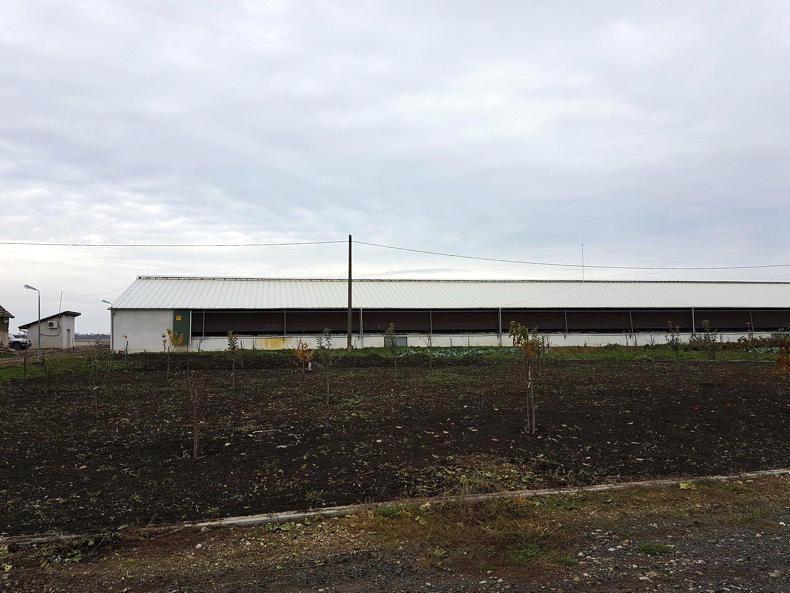
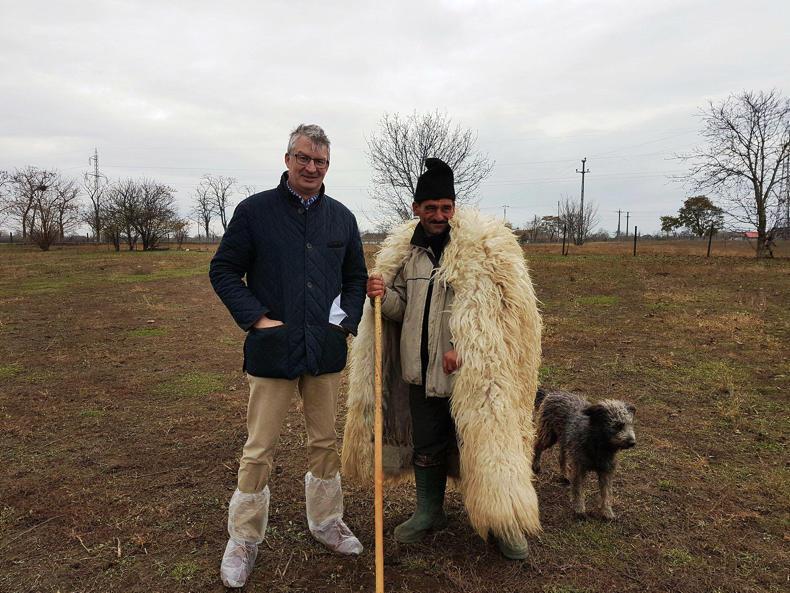

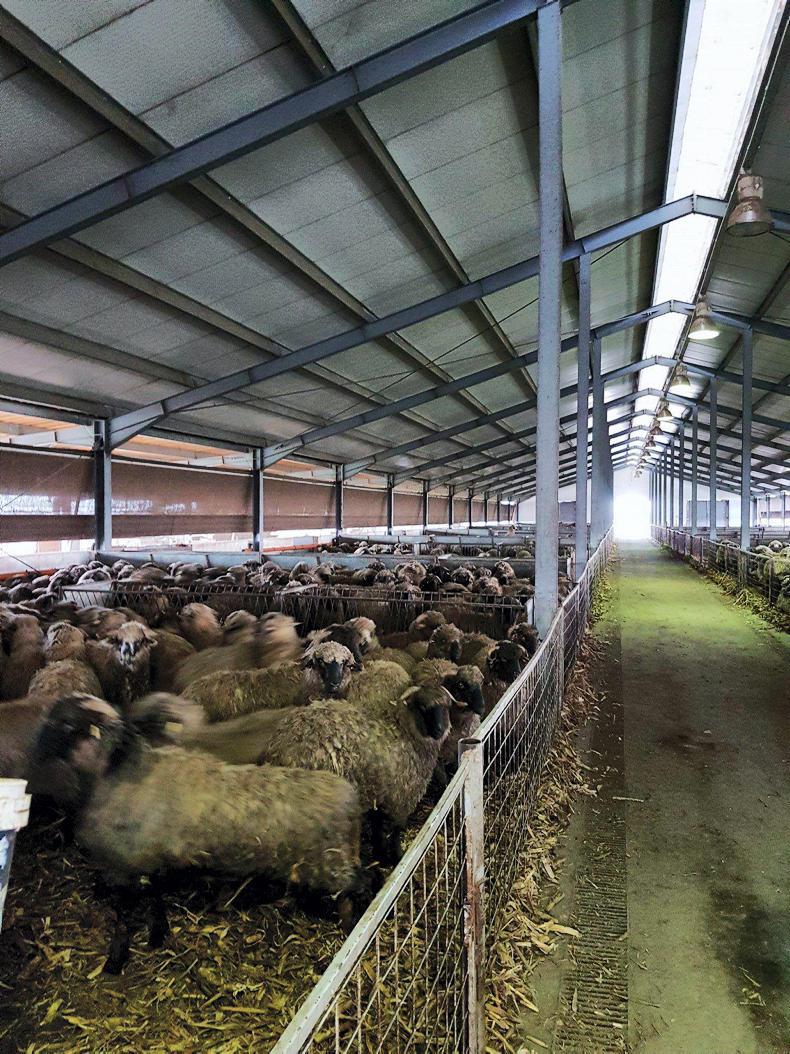


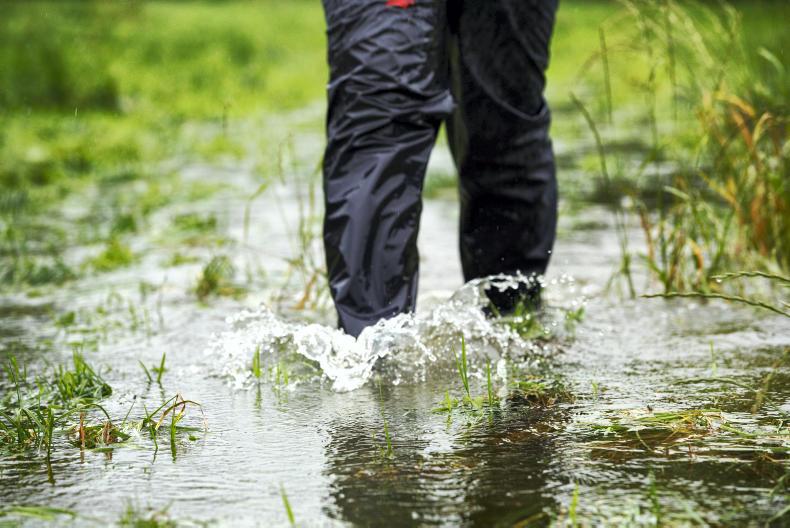

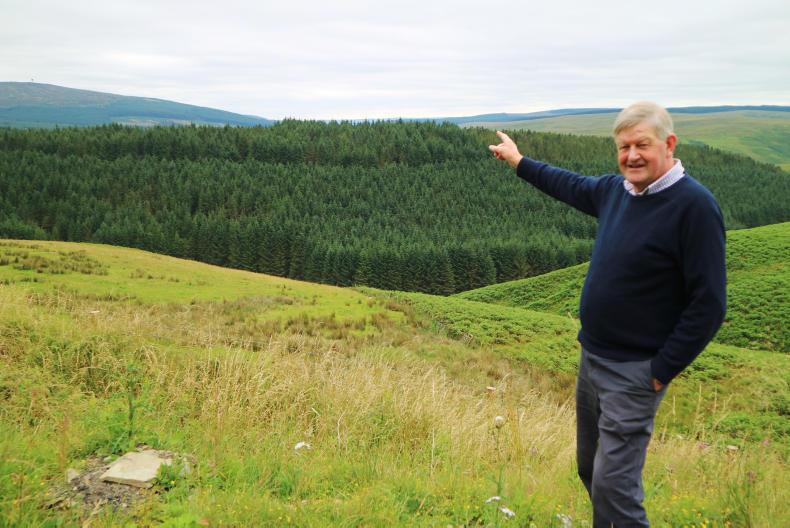


SHARING OPTIONS